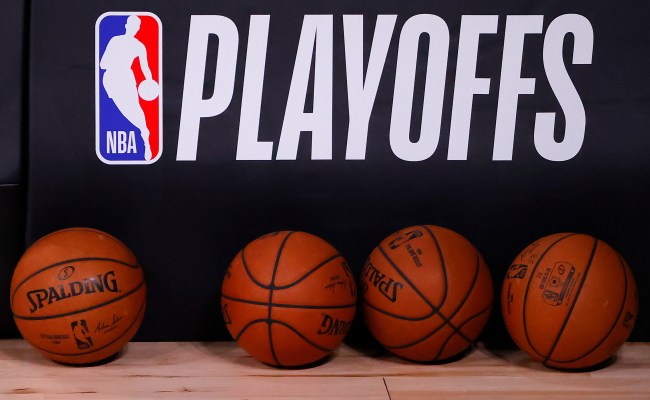
Getty Image
Every sports fan knows the psychological aspect of the game can play just as big of a role in the outcome of a contest as the physical component.
As a result, there’s plenty of discussion about the advantage that comes with playing in front of a home crowd—especially when it comes to games where the stakes are particularly high.
That aspect is reflected in the fact that every major sports league takes a team’s regular season record into consideration when it comes to determining postseason seeding, which usually determines which squads will earn the right to play the majority of their games in friendly territory over the course of a playoff series.
Common knowledge dictates NBA teams benefit from home-court advantage in the postseason, which primarily stems from the supposed edge that comes with having tens of thousands of fans rooting for them in a packed arena (but can also be attributed to the comparative lack of wear and tear that comes with getting to avoid traveling to another city for a showdown).
Is that actually the case? Here’s what the numbers say.
How much does home-court advantage really matter in the NBA playoffs?

Getty Image
You can’t really discuss this particular topic without stating a fairly obvious fact: home-court advantage is given to the team with the better record in the regular season, so it’s hard to figure out just how much it factors into the outcome when you consider the theoretically superior team should win the majority of the time.
As a result, it’s not a huge shock that the team with home-court advantage has historically had the edge in virtually every single iteration of the NBA playoffs stretching back to the 1980s (the parity featured in “The Bubble” in 2020 seemingly cemented the fact that it’s a very real phenomenon, as that environment essentially removed the psychological factor).
It would be a fool’s errand to attempt to dive into more than 75 years of NBA history to answer what we already know, but one study that took a look at how the team with the apparent edge fared between 2008 and 2018 does a very good job highlighting the overall trend.
During that span, teams with home-court advantage in the first round won the series 75% of the time (that number was around 81% between 1998 and 2008).
Interestingly enough, that number rose to 82.5% in the second round (up from 80% in the previous 10 years). However, things take a turn once the Conference Finals roll around, as the team with home-court advantage only won 55% of the time (up from 50% between ’98 and ’08).
However, the disparity rears its head yet again when you take a look at the NBA Finals (which may be attributed to the fact that home-court advantage is granted to the team with the better regular season record as opposed to the seeding that dictates it in the preceding three rounds).
As of the end of the 2022 season, the team with home-court advantage has ultimately earned the right to raise the Larry O’Brien Trophy on 53 of 75 occasions (good for a grand total of 70.6%).
As a result, it’s safe to say home-court advantage comes in handy.